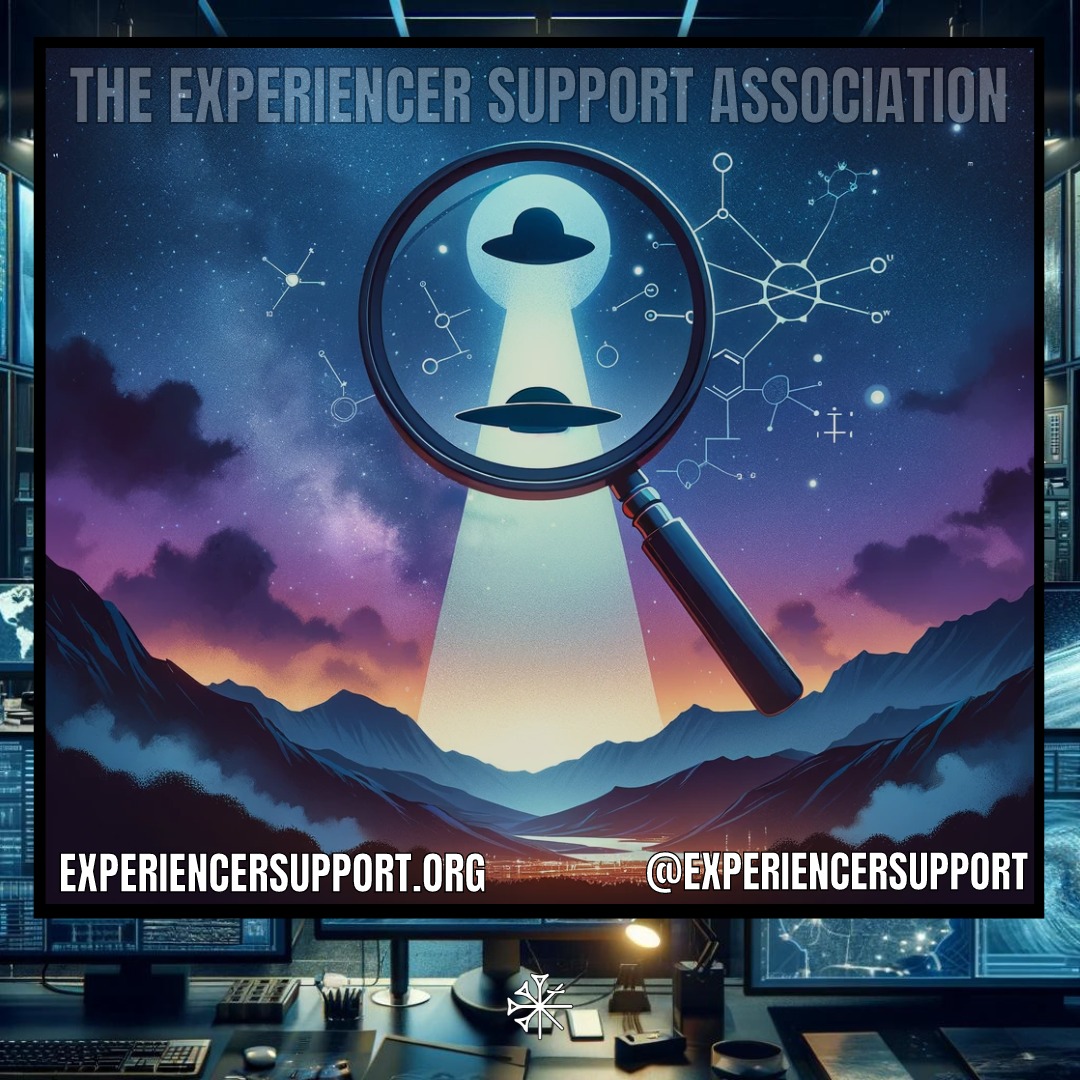Pilots Describe ‘Bizarre’ Lights and ‘ Triangles’ Over Canada in Air Traffic Control Audio
- Post Date:
- Release Date: January 19, 2024

On January 19, 2024, enigmatic sightings took place in the Canadian skies, capturing the public’s, media’s, and aviation professionals’ attention. Reports of unidentified lights and objects prompted discussion and speculation, setting the stage for critically analyzing the information presented.
Eyewitness accounts from pilots and air traffic controllers offer valuable firsthand perspectives on the observed phenomena. TESA acknowledges the importance of these testimonies while highlighting human perception’s limitations, which can be influenced by cognitive biases and external factors, leading to potential inaccuracies or misinterpretations.
Eyewitness accounts and pilot communication audio transcripts serve as primary evidence for these sightings. It’s essential to validate these narratives with concrete evidence, like radar data and flight logs, to accurately interpret the events. An Access to Information request has been submitted for this incident, and we’ll reserve judgment on the objects’ identity until more evidence is obtained.
In addition, divergent expert opinions have emerged, with some suggesting that the sightings could be attributable to satellite reflections, such as those from SpaceX‘s Starlink constellation. We encourage exploring conventional explanations, including atmospheric phenomena, aircraft lights, and celestial objects, before applying extraordinary theories.
Analysis of Written Accounts vs. Audio Transcripts
A comparative analysis reveals discrepancies between the sensational tones often found in written reports and the factual nature of audio transcripts from pilots. These differences underscore the necessity of distinguishing between verified evidence and speculative interpretation in public discourse.
The discourse surrounding UFO sightings is fraught with assumptions and speculations that can overshadow factual analysis. We challenge these narratives by advocating for discussions grounded in evidence and scientific methodology, emphasizing the absence of definitive proof as a reminder of the complexities involved in identifying UAPs.
TESA raises concerns about the potential for sensationalism in media reporting, particularly in how the CTV article approached the subject. A critical stance is taken towards the lack of evidentiary support and the readiness to affirm unverified claims, advocating for journalism that prioritizes accuracy and rigorous investigation.
We underscore the value of a systematic, evidence-based approach to understanding UFO phenomena by supporting thorough investigations by authoritative bodies. Such efforts are crucial for advancing our knowledge and ensuring that a commitment to truth and scientific integrity informs discussions.
To understand the mysteries that unfold in our skies, TESA remains committed to supporting experiencers and fostering an environment where dialogue is driven by evidence rather than speculation. While the sightings of January 19, 2024, remain largely unexplained, the quest for clarity continues, guided by critical thinking and a dedication to uncovering the facts.

Ryan Stacey
Heed The World


